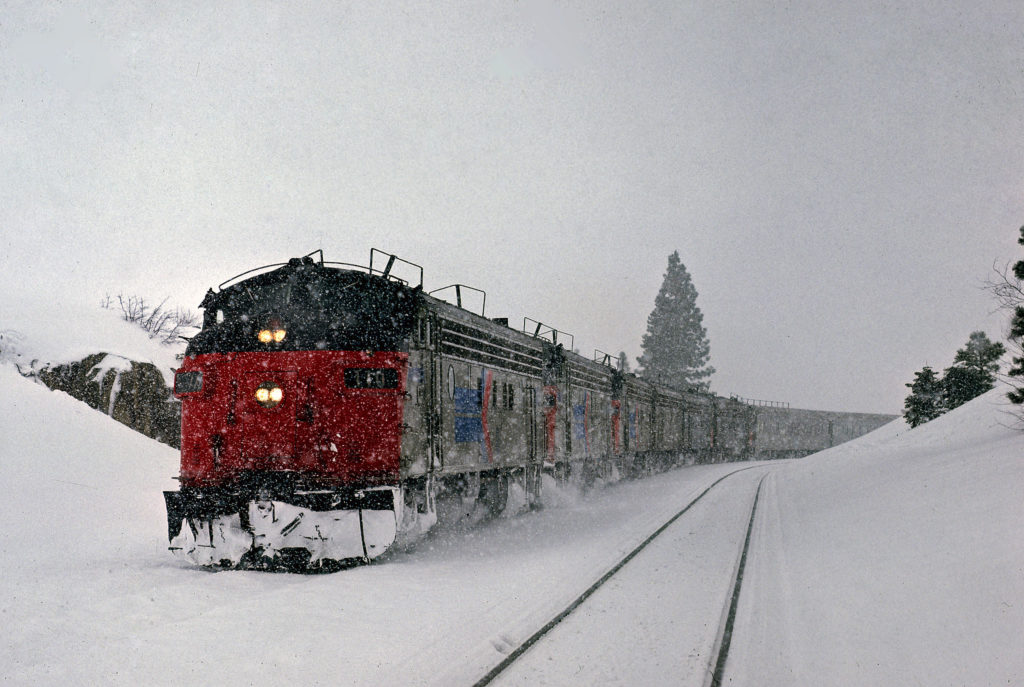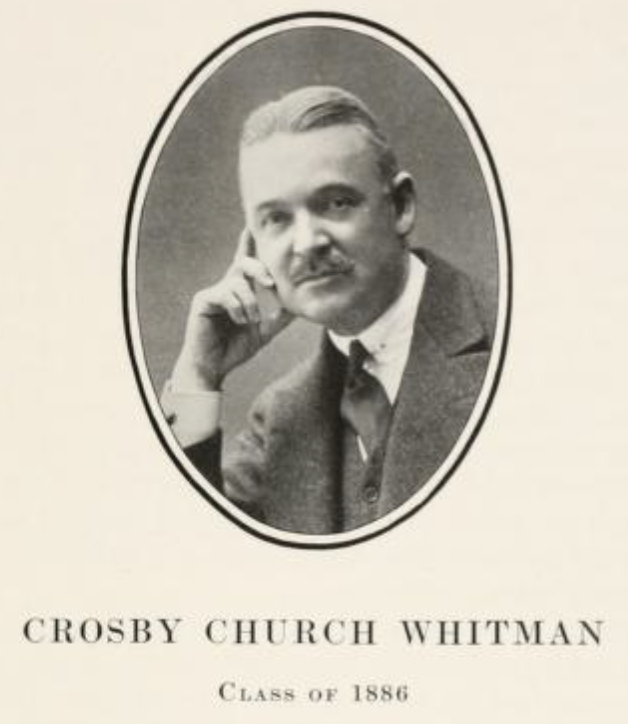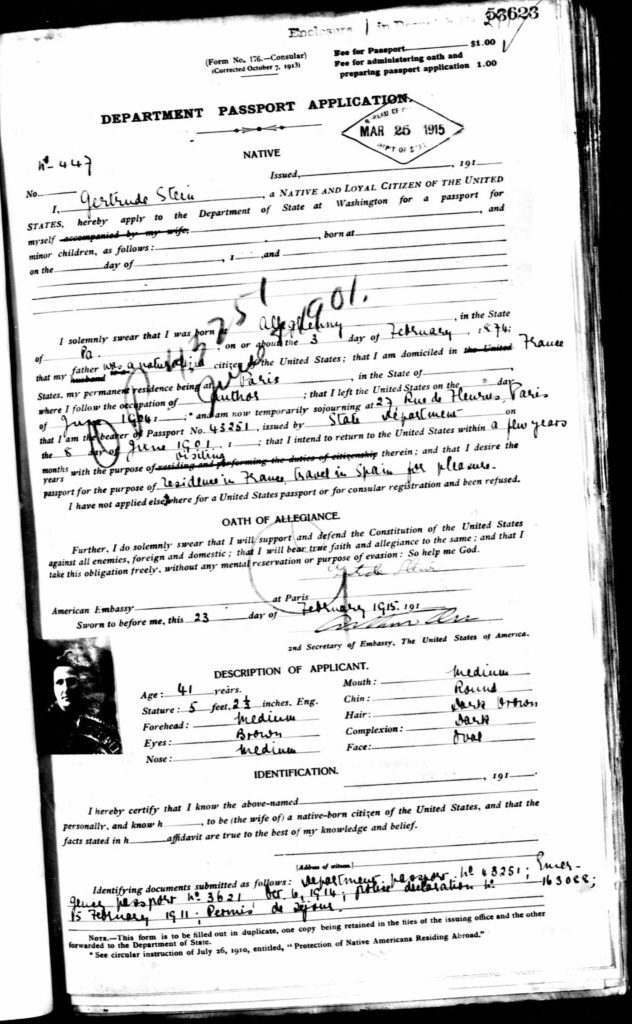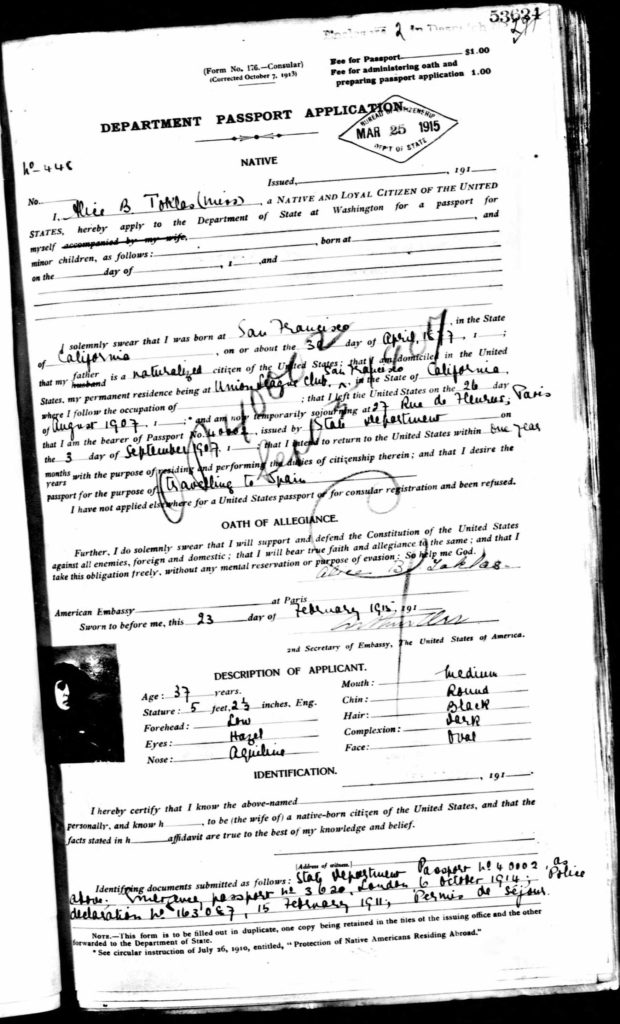
If Charles O. Finley had gotten his way, the A’s might never have come to Oakland.
From the moment he gained complete ownership of the Kansas City Athletics in early 1961, he began trying to move the team. He explored taking the A’s to Dallas-Fort Worth, Milwaukee, Louisville, Atlanta, San Diego, New Orleans and Seattle before settling on Oakland and its brand-new Coliseum as the team’s new home.
When the American League approved the move in October 1967, Kansas City had seen enough. The contempt local fans and officials felt for Finley when he left town is often summed up in an outraged (and outrageous) quote attributed to — but apparently never uttered by — the late Missouri Sen. Stuart Symington.
The day after the American League approved the A’s move, later accounts insist, Symington went to the Senate floor to denounce Finley and declared, “Oakland is the luckiest city since Hiroshima.”
It’s such an over-the-top line — and all the better for being delivered by a U.S. senator in the august chamber of “the world’s greatest deliberative body” — that writers to this day are still quoting it. Someone out there has even updated it: With the A’s and current owner John Fisher on the way to Nevada, it’s now Las Vegas that’s the luckiest city since Hiroshima.
My first impulse when I came across the quote in a Ron Fimrite Sports Illustrated feature on Oakland’s especially dreadful 1979 season was to look up the 1967 news stories recounting Symington’s sensational statement. It must have made a splash, and I wouldn’t be above using it myself for a piece I was writing on the history of the A’s.
But it turns out there is no record of the quote being attributed to Symington until years after his actual 1967 remarks — or at least no record that someone going through online databases can find.
With that caveat – that we’re depending on what we can mine from an imperfectly preserved record – here’s a summary of how the quote evolved and was eventually placed in Sen. Symington’s mouth:
The Congressional Record for Oct. 19, 1967, reprints Symington’s brief remarks on the floor, which he made after participating in negotiations with the American League about the A’s status.
Symington made no mention of Hiroshima, according to the Record. But neither did he hold back from blasting Finley, calling him “one of the most disreputable characters ever to enter the American sports scene.” He added that while it hurt to lose major league baseball in Kansas City, it was a pleasure to get rid of the team’s owner.
The resulting news accounts, including a front-page story from the Kansas City Star’s Washington bureau and an Associated Press story carried all over the country, match the Record’s account and quote Symington’s description of Finley as “disreputable.” The stories are very specific. The Star mentions that Oregon Sen. Wayne Morse yielded the floor in the middle of a speech to allow Symington to deliver his statement about Finley. The AP notes Symington’s speech took two minutes. Neither account includes the purported (and irresistibly quotable) “Hiroshima” comment.

But if Symington didn’t say anything about Finley and Hiroshima on the Senate floor, where did the phrase come from and how was it eventually credited to him? There are a couple of clues about the origin that show up in printed sources.
In the weeks before Finley’s move to Oakland became official, many thought the A’s were headed to Seattle. A few days before the American League’s decision, Dick Young, a New York Daily News columnist, wrote in the nationally distributed Sporting News, “It looks like Seattle is the lucky city. The last city with that kind of luck was Hiroshima.”
Young’s column ran in The Sporting News’ Oct. 14 edition. On Oct. 16, the Kansas City Star reported the proceedings of a City Council meeting that included this nugget:
“Turning his sarcastic talents on Charles O. Finley, Athletics owner, Councilman John Maguire remarked: ‘No other city but Hiroshima has been so blessed.'” The metropolis Maguire appears to be referring to in that account is Kansas City itself, not Oakland or Seattle.
Yes, comparing the impact of a reviled team owner to a nuclear attack that had killed tens of thousands of people was memorable because it was ironic, insensitive and bitterly funny. The appearance of these statements so close together suggests the birth of what a later generation would call a meme.
Then came the American League vote on Oct. 18 — Councilman Maguire was part of the city’s delegation to the league meeting. On Oct. 19, Symington made his apparently Hiroshima-free speech on the Senate floor. Then, in the days immediately following the news the A’s were California-bound, variations on the Hiroshima line began showing up in papers around the country.
The earliest example that I’ve turned up — “by getting Finley, Oakland became the luckiest city since Hiroshima” — appeared in the Oakland Tribune on Oct. 22. The quote was attributed only to “one quipster.”
On Oct. 25, Los Angeles Times columnist John Hall wrote, “Somebody else said it first. With Charlie Finley and the A’s on the way, Oakland is the luckiest city since Hiroshima.”
Two days later, the San Diego Union’s Jack Murphy followed with this: “Oakland doubtless regards the arrival of Finley with emotions ranging from delight to despair. To borrow a line from John Hall, Oakland is the luckiest city since Hiroshima.”
In the following weeks, months and years, the quote was attributed to sportswriters in Chicago, Kansas City, “the Midwest,” California, Wisconsin and Texas. In some cases, it was said to be the wit of some unnamed Kansas Citian. Sometimes it was not attributed at all and was reprinted as a recently overheard wisecrack.
The quote never completely fell from circulation, but in 1973, six years after its first appearance, its author finally got a name when The New York Times Magazine credited it to Kansas City Star sports editor Joe McGuff.
That attribution was apparently based on an interview with sportswriter Wells Twombly, who wrote a feature on Finley and the A’s for the magazine. Here’s the passage:
“If you try to figure Finley out, you’ll only succeed in confusing yourself,” says Kansas City Star sports editor Joe McGuff, who called Oakland the luckiest city since Hiroshima when Finley took the Athletics there. “His capacity for turmoil is incredible. He thrives on it. He enjoys tough times so he can work his way out of them and give himself credit.”
Perhaps McGuff, a legendary Kansas City journalist who eventually became the Star’s editor in chief, did say something like that. But scouring his stories and columns on the A’s departure from Kansas City doesn’t turn up the Hiroshima bon mot.
Also in 1973, Ron Bergman, an A’s beat writer for the Oakland Tribune, published “The Mustache Gang,” an account of the team’s first world championship season. Bergman had written about Oakland’s welcome for Charlie Finley for The Sporting News in 1967. That piece used the quote and attributed it to “a Midwest sportswriter.” His 1973 tome ascribes the words to Symington.
Two popular books that came out shortly afterward did the same.
“Charlie O.,” published in 1975 by Sacramento Bee writer Herb Michelson, used the quote, attributed to Symington, for book-jacket copy. That guaranteed it would get attention and many reviews quoted the line and its attribution.
“Champagne and Baloney: The Rise and Fall of Finley’s A’s,” by Berkeley poet and jack of all literary trades Tom Clark, appeared in 1976. Clark goes out of his way to say Symington’s Hiroshima one-liner could be found in the Congressional Record. That was untrue, but Clark’s use of the quote attracted the attention of New York Times book reviewer Christopher Lehmann-Haupt:
“Still, for all that Finley’s threat to the national moral fabric has been pumped out of proportion, one has to admit that his presence on the scene has inspired some amusing rhetoric. …
“When, in 1967, Finley moved the A’s from Kansas City to Oakland, Senator Stuart Symington sputtered, ‘Oakland is the luckiest city since Hiroshima.’ ”
Those two books and their reviews appear to have settled the matter: Writers ever since have repeated that Symington compared the Finley effect to the A-bomb. That spurious attribution has been especially popular this year, with the quote appearing in many accounts of the A’s imminent departure from Oakland.
At the end of the day, and at the close of the Athletics’ era in yet another bruised and sorrowful hometown, the evidence shows the “HIroshima” idea started with someone else — New York columnist Dick Young — and that the quote was passed around for years before it became the too-good-not-to-be-true declaration of an important public figure who, based on his actual words, really did detest Charlie Finley.







